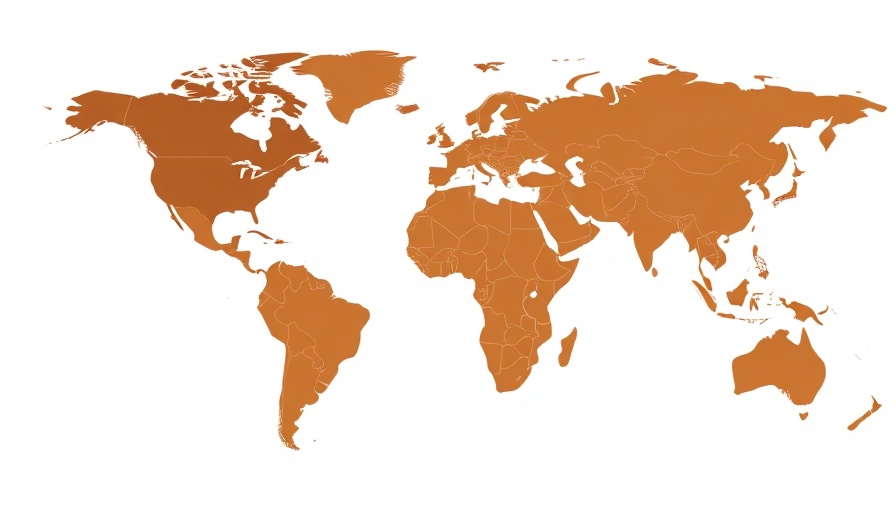
Understanding Antimicrobial Resistance: A Growing Global Threat
Antimicrobial resistance (AMR) is a significant concern for worldwide health systems as it endangers the effectiveness of medicines and therapies. With the introduction of a new policy brief by the World Health Organization (WHO), the call to address AMR through strengthened primary health care (PHC) systems has become even more crucial. As stated by the WHO, AMR could cause an additional 10 million deaths annually by 2050 if left unchecked. This staggering statistic underscores the urgency for decisive actions aimed at aligning AMR strategies with PHC interventions.
The Role of Primary Health Care in Combating AMR
WHO’s approach emphasizes a PHC-oriented model as a sustainable solution to combat AMR. By integrating eight priority interventions for AMR into existing health systems, the policy brief provides a comprehensive framework for addressing the challenges posed by resistant infections. But what does this mean for countries and health professionals? It signals a shift towards a more proactive and informed health strategy, one that involves collaboration across sectors, including environmental health, to tackle the root causes of AMR.
Highlighting Pilot Programs: Lessons Learned
During the upcoming WHO webinar, pilot countries will showcase their experiences in implementing these AMR-focused interventions. This exchange of knowledge will offer valuable insights into how different nations can adopt and adapt similar strategies. From community awareness campaigns to improving access to diagnostics, the pilot programs serve as a model for effective action against AMR. Indeed, fostering a culture of accountability and education within healthcare settings can champion the goal of preserving antibiotics and safeguarding public health.
The Importance of Global Collaboration
The WHO's initiative is not just a local effort; it is a global movement requiring cooperation between nations, healthcare providers, and communities. With rising global disease outbreaks and health crises often crossing borders, collective action is paramount. The integration of AMR into PHC systems isn’t merely a technical adjustment; it is a call for unity in health security, which echoes the lessons learned during the ongoing pandemic. Countries can no longer afford to operate in silos when the health of their populations—and the world—depends on interconnected strategies.
Future Predictions: The Challenge Ahead
Looking forward, the WHO’s policy brief on strengthening primary health care to address AMR sets the stage for ambitious public health goals. If fully embraced, we can expect a significant reduction in AMR rates globally, leading to enhanced health outcomes. However, the pathway is laden with challenges such as funding, implementation timelines, and attaining community involvement. Policymakers and health authorities must be prepared to navigate this complex landscape, ensuring that strategies remain adaptable and responsive to emerging threats.
Taking Action for a Healthier World
As health-conscious individuals and advocates, understanding the implications of AMR on our health choices is essential. Incorporating alternative health options and supporting sustainable practices can go a long way in mitigating the effects of AMR. Awareness of AMR and its solutions not only empowers our decision-making but also fosters a community committed to healthier living. Mark your calendars for the WHO webinar on September 9, 2025, to learn firsthand how to engage in combating AMR effectively.
In the face of ongoing health challenges and environmental crises, let us unite to create a future where effective healthcare systems protect not just our communities but humanity as a whole. Engage with local healthcare initiatives, spread awareness, and explore sustainable health practices in your daily life. The fight against AMR is not just a healthcare issue—it’s a collective responsibility.
 Add Row
Add Row  Add
Add 




Write A Comment